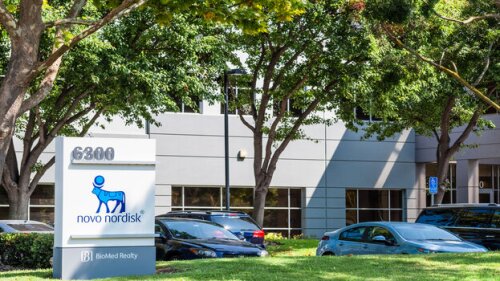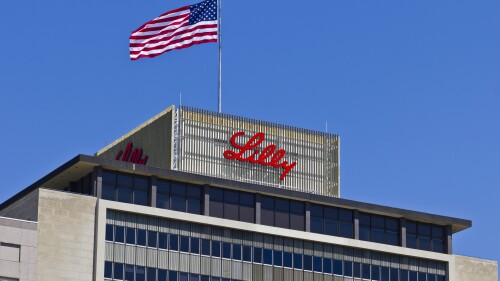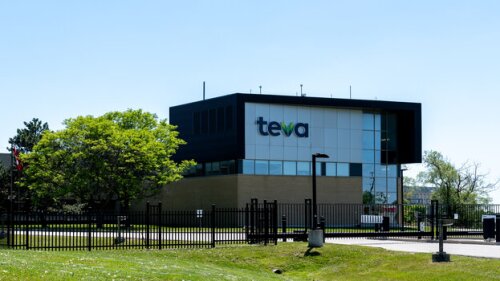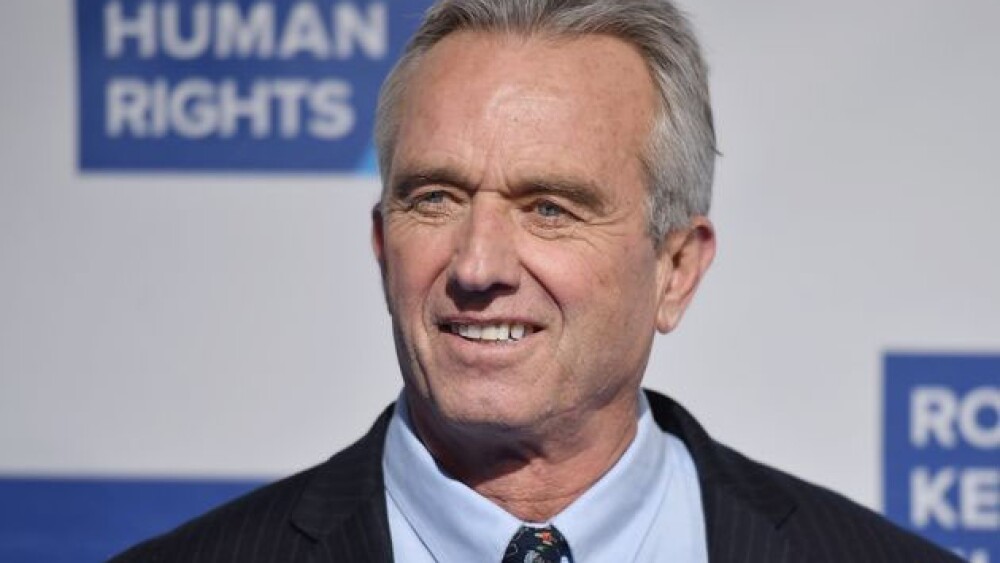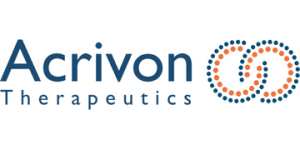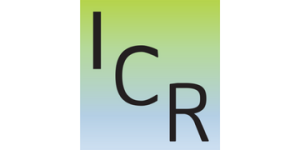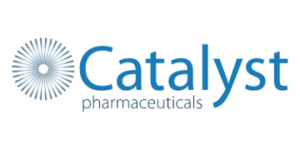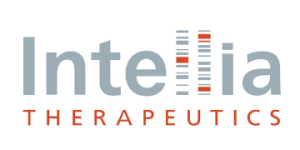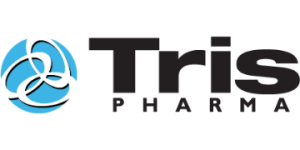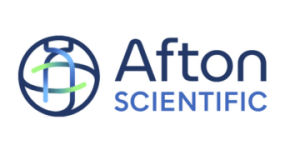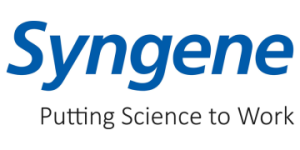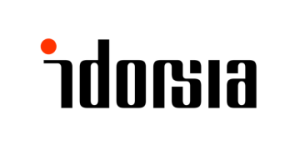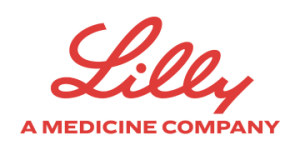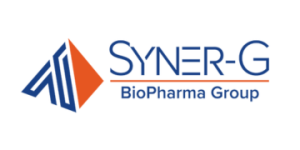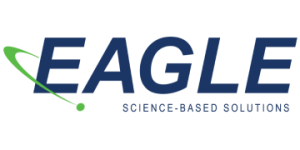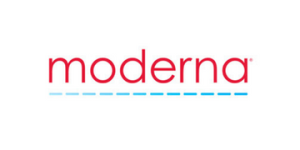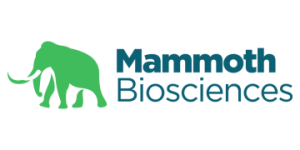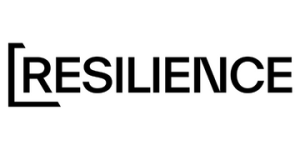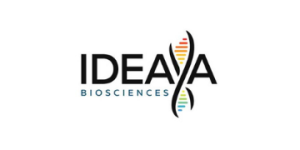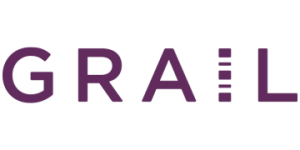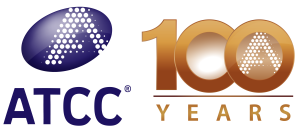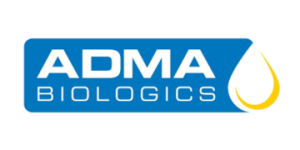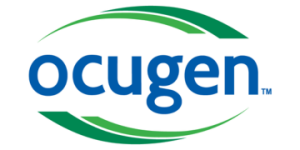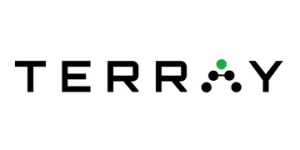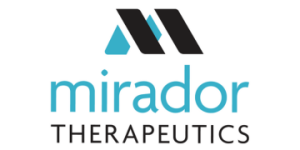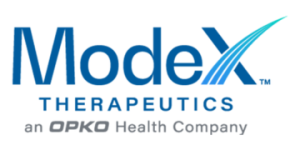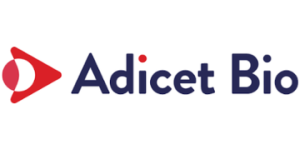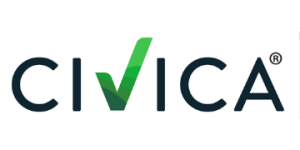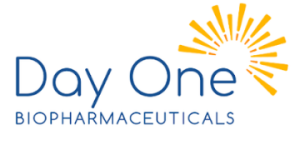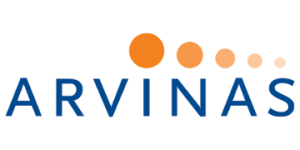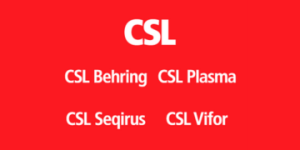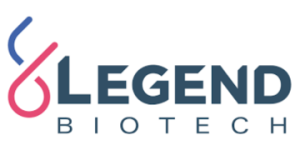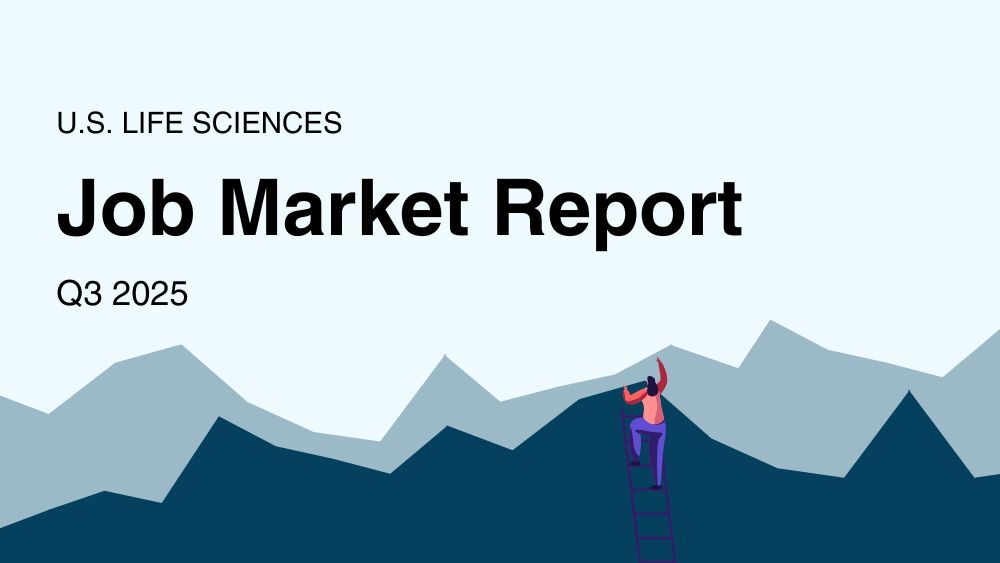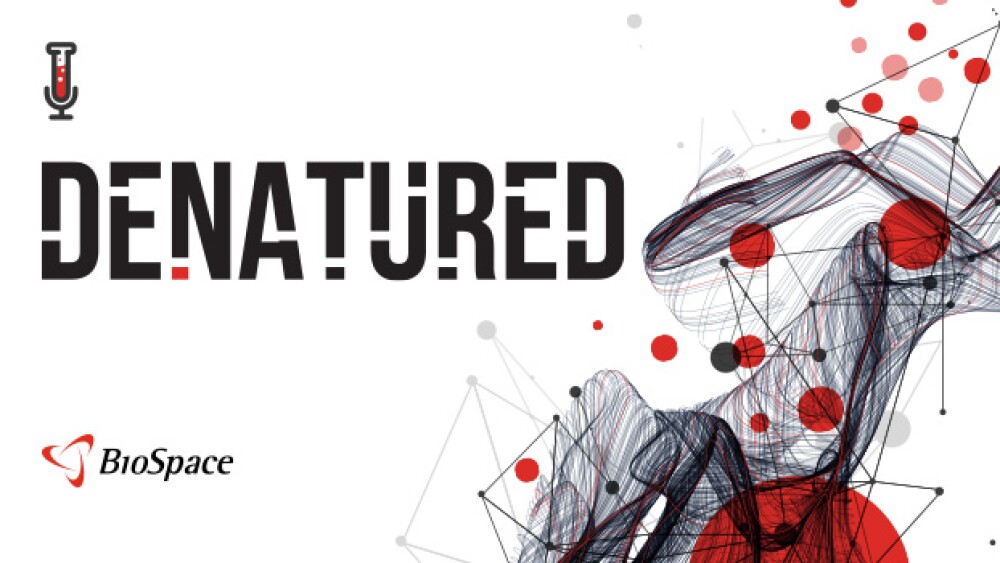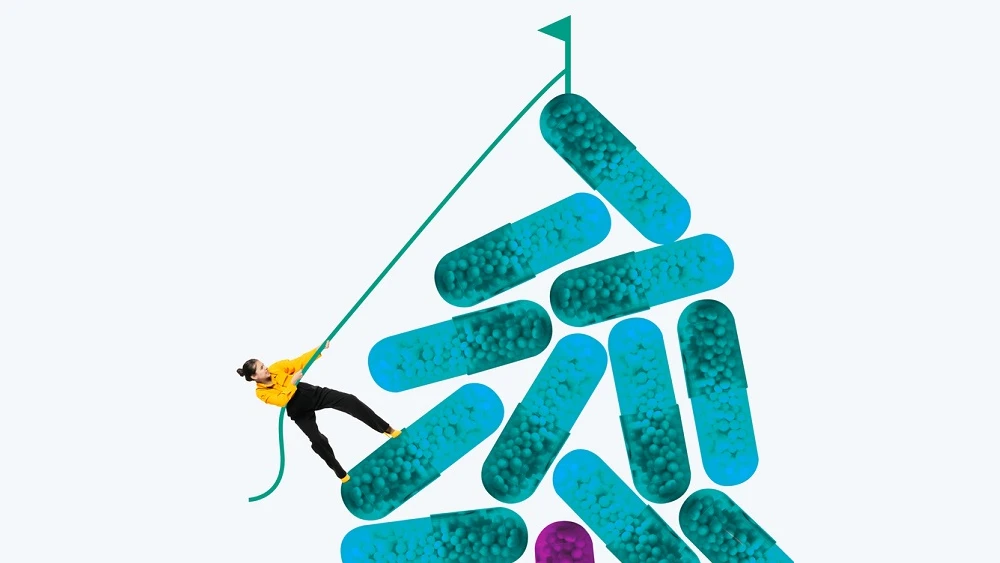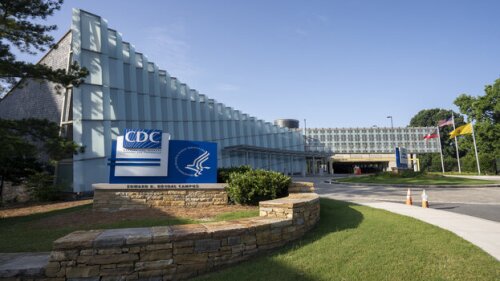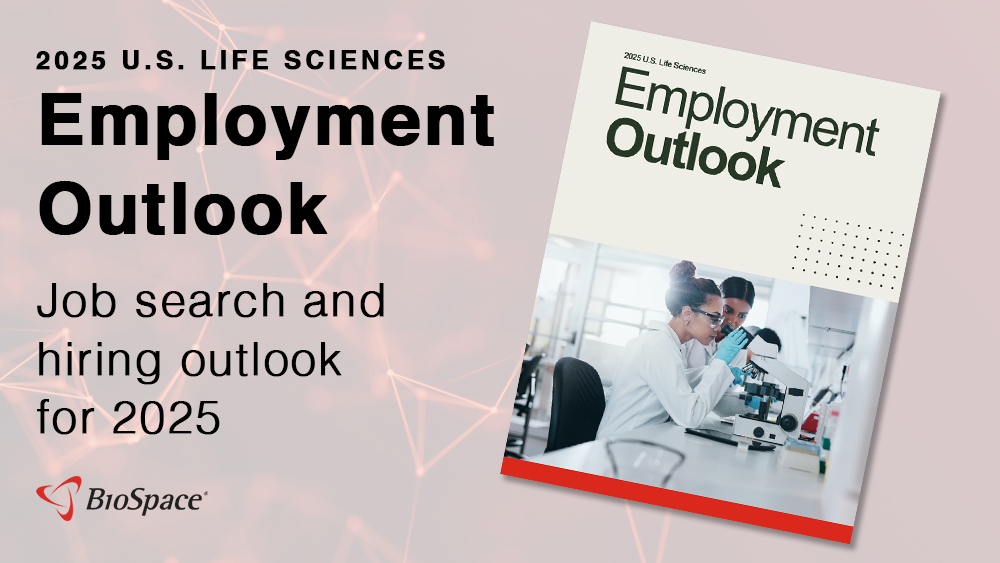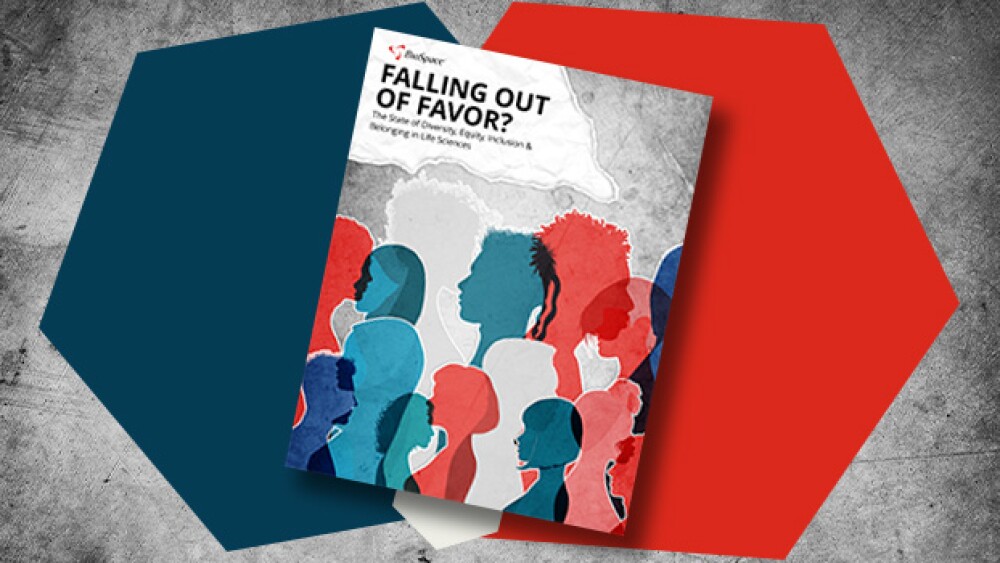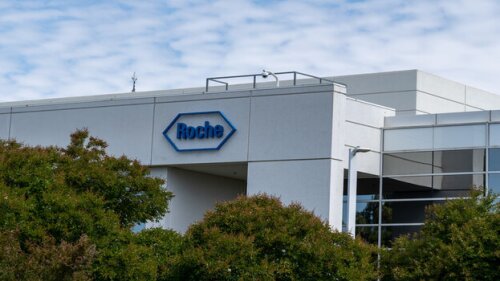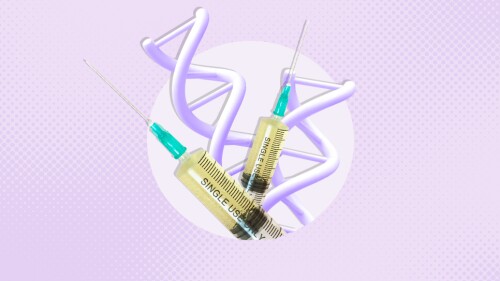Gray Delany’s ouster comes days after Health Secretary Robert F. Kennedy Jr. controversially axed 22 mRNA vaccine contracts under the Biomedical Advanced Research and Development Authority.
Novo Nordisk’s Wegovy has been on a winning streak as of late, with a metabolic dysfunction-associated steatohepatitis approval last month and prime position in the oral obesity race.
While the approval of Leqembi Iqlik bodes well for Biogen and Eisai’s planned application for a subcutaneous induction regimen next year, its financial impact remains “uncertain,” as potentially higher revenues from the injection could be offset by steeper costs of production, according to Jefferies.
While Eli Lilly’s orforglipron is full speed ahead for a regulatory filing this year, the pharma is also pushing forward with one more Phase II study of naperiglipron, which uses the same scaffold as Pfizer’s failed obesity drugs danuglipron and lotiglipron.
In December 2024, Teva also secured FDA approval for the other liraglutide brand Victoza, indicated for type 2 diabetes.
Health Secretary Robert F. Kennedy Jr. will testify before the Senate Finance Committee on Sept. 4, following the ouster of CDC Director Susan Monarez and tapping of HHS Deputy Secretary Jim O’Neill as her interim replacement.
Nipocalimab, approved as Imaavy for generalized myasthenia gravis earlier this year, failed to show significantly added benefit when used with an anti-TNFα therapy in patients with rheumatoid arthritis.
FEATURED STORIES
Biogen’s effort to buy Sage against the board’s wishes and a long-time effort by investor Alcorn to scuttle Aurion’s IPO underscore the cutthroat nature of biopharma dealmaking.
Ahead of Robert F. Kennedy Jr.’s confirmation hearings, experts—and RFK’s own family—expressed concerns about his vaccine-related views, though the same experts are largely unfazed by the level of power he and Marty Makary could ultimately wield over the FDA.
After two years characterized by layoffs, pipeline reorganizations, FDA delays and clinical holds, Novavax CEO John Jacobs says the company is at a pivot point.
Riding recent momentum in the Duchenne muscular dystrophy space, Capricor Therapeutics, Wave Life Sciences, Regenxbio and more aim to deliver the next wave of progress with near-term data and regulatory milestones.
Achondroplasia, which affects around one in 20,000 babies, has just one approved treatment: BioMarin’s Voxzogo. However, new investigational treatments are vying to compete in the area.
The Japanese pharma had one asset rejected by the FDA and withdrew a regulatory application for another, but already this month the company has secured an approval for AstraZeneca-partnered Dato-DXd, to be marketed as Datroway.
LATEST PODCASTS
Plus, another big buy points to strength of CDMO market and a new treatment for pulmonary arterial hypertension
The pharmaceutical industry is facing critical attention, particularly around drug pricing and development costs. Drug development cost is about 10% of the total healthcare spend in the United States. Broader issues such as local monopolies, utilization, unit, and costs and local monopolies, politics and a fragmented payer system contribute to the increasingly high costs to patients.
Bayer cut its C-suite nearly in half amid a massive restructuring. Meanwhile, the U.S. government says it will pay for Wegovy for patients with heart disease.
Job Trends
Positive high-level results from an interim analysis of the ECHO Phase III trial showed AstraZeneca’s CALQUENCE® in combination with standard-of-care chemoimmunotherapy, bendamustine and rituximab, demonstrated a statistically significant and clinically meaningful improvement in progression-free survival versus standard of care in previously untreated adult patients with mantle cell lymphoma.
Subscribe to Genepool
Subscribe to BioSpace’s flagship publication including top headlines, special editions and life sciences’ most important breaking news
SPECIAL EDITIONS
In this deep dive, BioSpace investigates China’s rise as a biotech powerhouse.
In this deep dive, BioSpace explores the next big thing in obesity.
BioSpace did a deep dive into biopharma female executives who navigated difficult markets to lead their companies to high-value exits.
DEALS
-
Analysts predict a booming year for mergers and acquisitions, powered by obesity drug sales and pressure from upcoming patent expirations.
-
As evidenced by this week’s buyouts by J&J and Merck, Big Pharma appears to have found a sweet spot favoring smaller deals over megabillion-dollar acquisitions.
-
Merck on Wednesday announced a deal worth $3 billion to buy EyeBio and its first-in-class trispecific antibody Restoret, marking the pharma’s return to the ophthalmology space after nearly a decade.
-
Johnson & Johnson’s deal for Numab Therapeutics’ bispecific antibody NM26, slated to enter Phase II studies, comes on the heels of J&J’s $850 million Proteologix bispecific antibody acquisition.
-
The potential purchase by the Japanese conglomerate could secure access to Calliditas’ IgA nephropathy therapy Tarpeyo, which won the FDA’s full approval in December 2023.
WEIGHT LOSS
-
Novo Nodrisk’s cannabinoid receptor–targeting obesity pill was picked up in the $1.1 billion acquisition of Inversago Pharmaceuticals last year.
-
With Thursday’s positive opinion from the Committee for Medicinal Products for Human Use, the matter now heads to the European Commission which will have the final say on whether Wegovy’s label will be updated.
-
Ahead of a Senate health committee hearing next week with Novo Nordisk CEO Lars Jørgensen, Sen. Bernie Sanders claims he has secured assurances from generics developers that they will charge a significantly lower monthly price than the $969 Americans currently pay for the Danish drugmaker’s diabetes blockbuster.
-
Infusions of Vertex and CRISPR Therapeutics’ Casgevy and bluebird bio’s Lyfgenia have begun; Moderna targets 10 approvals through 2027; more oral obesity drug data; the latest from ESMO and more.
-
The release of early-stage data on three oral weight loss drug candidates hints at which companies have the strongest hand, but the comparisons are rife with confounding variables, leaving analysts unsure about where to place their bets.
POLICY
-
A group of medical experts expressed concern about growing “disinformation” and “misinformation,” calling for adherence to recommended vaccine schedules.
-
Democratic senators from Georgia, Oregon, Maryland and New Mexico called the Trump administration’s decision to terminate hundreds of CDC staffers reckless and unfair.
-
The CDC budget cuts could pose headwinds for HIV drugmakers like Gilead and Merck but are unlikely to severely cripple their HIV divisions, according to analysts.
-
The appeals court for the Federal Circuit upheld a lower court’s ruling, finding that Regeneron has not sufficiently established that Amgen’s biosimilar Pavblu violates key patents of Eylea.
-
The recommendations were made in a closed session with representatives from CBER, the CDC and Department of Defense.
Controlling interruptions when working from home can be challenging, but a little planning and some established rules can help.
Are you an introvert who is worried about your performance? Well, do you know that these unique skills can make you an excellent leader? Let’s find out those skills.
If you’re struggling to find your dream job or unsure of what your next career move should be, career assessments might be the next right step. Here’s how to do it.
Along with the growing trends of working from home and online, freelance careers are becoming a more popular career path. Here’s everything you need to know.
We’ll answer these questions and a few others here in order to help you determine which path best fits your needs for the future of your biotech career.
Have you ever thought seriously about entrepreneurship? While large organizations appear to dominate the life sciences industry, startups and small businesses have started to compete in the marketplace.
HOTBEDS
REPORTS
In this Employment Outlook report, BioSpace explores current workforce sentiment, job activity trends and the prospective job and hiring outlook for 2025, particularly as it compares to the previous year.
BioSpace’s third report on diversity, equity, inclusion and belonging in life sciences examines dramatic shifts in attitude around diversity initiatives.
CANCER
-
Some 90% of investigational drugs fail—and success rates are even more dire in the neuro space. Here, BioSpace looks at five clinical trial flops that stole headlines over the past 12 months.
-
Incyte is abandoning its ALK2 blocker zilurgisertib, which it was trialing for myelofibrosis-associated anemia, while iTeos will deprioritize the development of inupadenant after it failed to meet the biotech’s clinical bar in a Phase II study of metastatic non-small cell lung cancer.
-
Pfizer, facing increasing pressure from Novartis, is touting a Phase III win for Ibrance as the first clinical evidence supporting the CDK4/6 inhibitor class’ use in patients with a specific type of breast cancer.
-
Candel’s trial was conducted under the FDA’s Special Protocol Assessment program, meaning that its data could be used as a basis for a regulatory application.
-
With nearly 90% of patients showing no detectable cancer cells after treatment, J&J and Legend’s Carvykti could stave off competition from emerging CAR T therapies such as Gilead and Arcellx’s anito-cel.
NEUROSCIENCE
-
With an upfront payment of $50 million from Roche, the partnership will leverage Dyno Therapeutics’ in vivo gene therapy delivery technology, which synthesizes virus capsids with better functionality and manufacturability.
-
Jefferies analyst Peter Welford noted that Roche’s pharma group came just slightly ahead of consensus expectations, driven by strong performance of its multiple sclerosis therapy Ocrevus and eye injection Vabysmo.
-
Alto Neuroscience’s depression treatment failed to beat placebo just nine months after the biotech went public. The stunning failure called to mind Acelyrin, which faced a similar fate last year.
-
Roche drops a third Alzheimer’s candidate this year, terminating a partnership with UCB just four years after agreeing to work together on new treatments for the neurological disease.
-
Seaport Therapeutics, kick started by the former leaders of Karuna Therapeutics, has raised $225 million in an oversubscribed Series B to fund a pipeline of neuropsychiatric medicines.
CELL AND GENE THERAPY
-
Patients in the U.K. with transfusion-dependent beta-thalassemia will have access to Vertex Pharmaceuticals’ gene editing therapy Casgevy, thanks to an agreement with the National Health Service on the price.
-
Experts say the time is now to develop and provide widespread access to genetic medicines for the rarest diseases. What’s more, they say it is a moral imperative.
-
BioMarin Pharmaceuticals on Monday said it is restricting sales of its hemophilia A gene therapy to three countries in an effort to reduce costs and help the treatment become profitable by 2025.
-
Longeveron and Lexeo Therapeutics are working on CGT therapies to treat Alzheimer’s disease, but it’s not clear whether they have a better chance of success than traditional approaches.
-
Ultracompact CRISPR systems, which are in some cases one-third the size of Cas9, are being designed to be more specific and enable in vivo gene editing in difficult to reach tissues.




